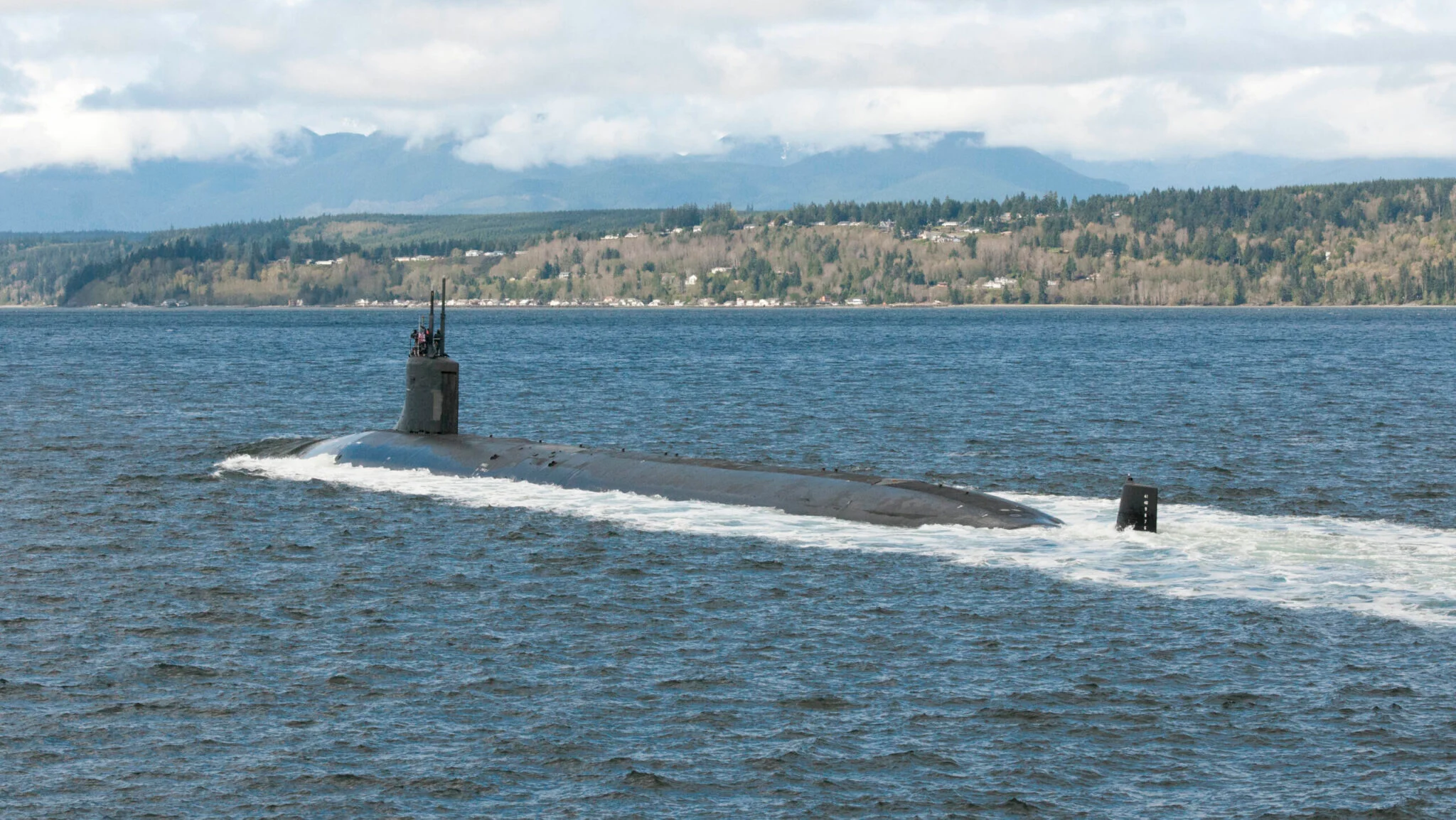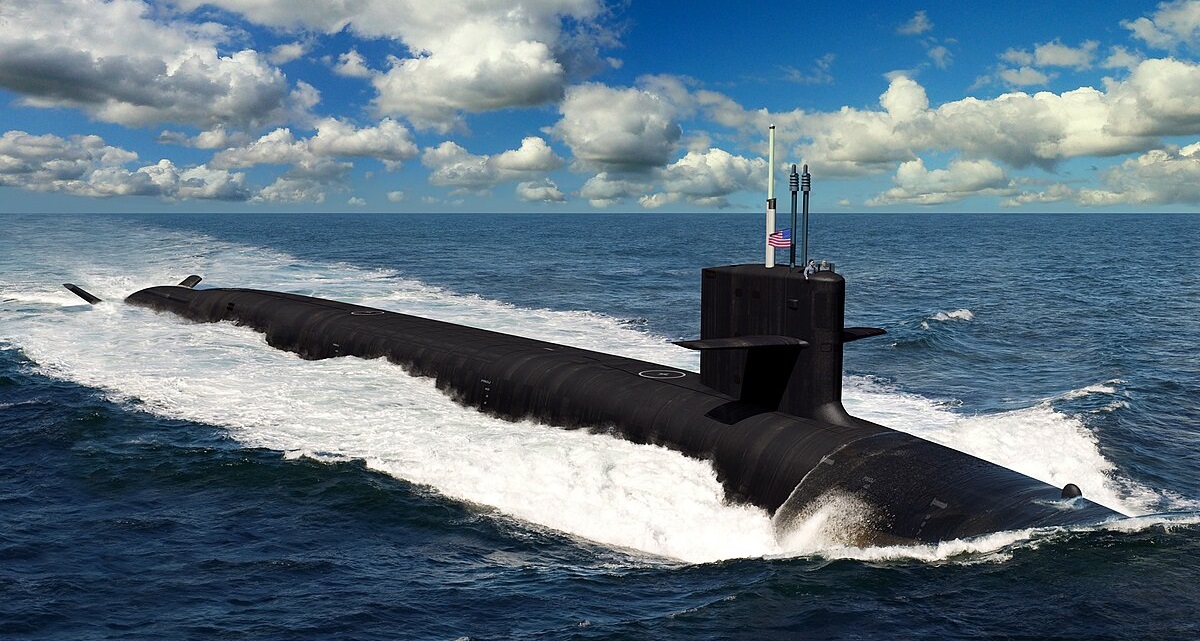The cost of the US Navy's fleet will increase by tens of billions of dollars because of the construction of nuclear-powered submarines

The US Navy fleet will continue to become more expensive. This is the conclusion reached by the Congressional Budget Office (Congressional Budget Office, CBO).
Here's What We Know
The cost of the fleet will increase by 5-10%. The growth is primarily due to the construction of new nuclear-powered submarines. At the same time, the composition of the ships will remain largely unchanged. This is stated in a new report of the CBO, which concerns the analysis of the 30-year shipbuilding plan of the US Navy.
The military service has developed three profiles of the future fleet. They assume an increase in the number of ships to 319, 328 and 367 units by 2053. The U.S. Navy now has approximately 290 ships in service.

CBO claims that the cheapest plan would cost the US budget $906bn over 30 years, while the most expensive plan would cost $979bn. The US Navy is more optimistic in its estimates - $776bn and $842bn respectively. In either case, the cost has increased by tens of billions of dollars over the FY 2023 estimate ($710-786 billion for the U.S. Navy and $825-908 billion for CBO)
The U.S. Navy will need substantial increases in congressional appropriations over three decades. Specifically, 31-40% depending on which plan is chosen. The U.S. Navy cannot afford either alternative if annual funding between 2024 and 2053 remains at the same level as the previous five years. And it's important to realise that the last half-decade has seen the highest funding since the end of the Cold War.
Source: Breaking Defence